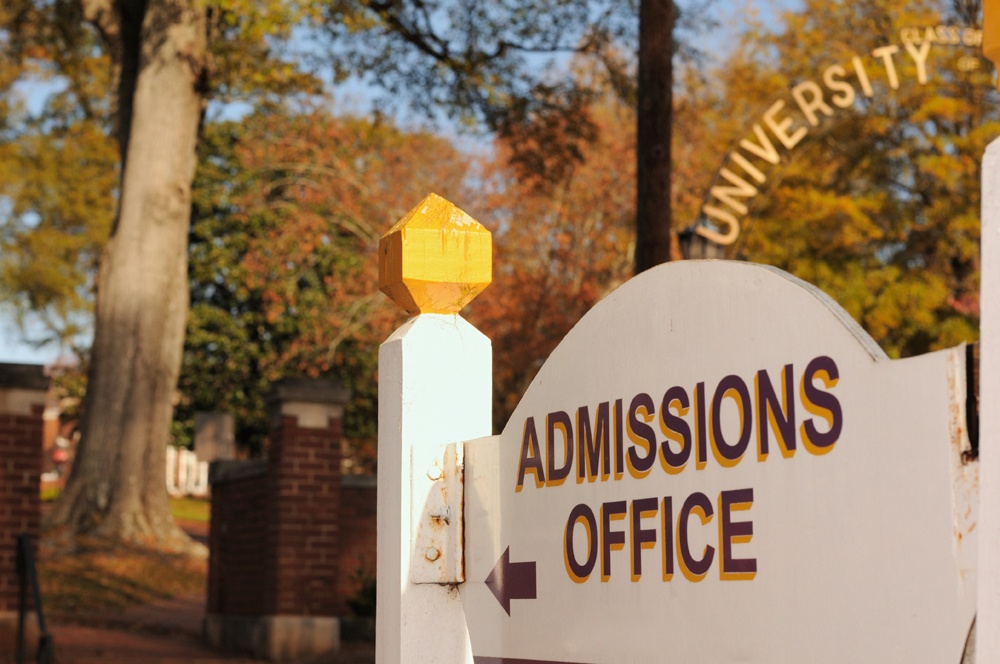Over the holiday break, millions of high school seniors applied to “just a few more colleges.” In this eleventh hour, most of the schools they end up applying to were never on their original list. The last minute push is usually the result of desperation, angst, and fear of not being accepted in the uber-competitive admissions race. Applying to a few more colleges may seem like a safety net, but it is the biggest college application conundrum. Students whose fear drives them to apply to more colleges aren’t increasing their chances of admission at all; they are simply increasing applicant pools and ultimately making it harder to get admitted.
In my first few weeks as a young dean of admissions, I realized very quickly that I was measured as much by the total number of applications the college received as the quality of the incoming freshman class. Many believed the ultimate goal was more applications. They were not alone. Over the last decade, most colleges have seen record-breaking application increases. Surging application totals have become a point of emphasis to attract more students than ever to apply—regardless of their qualifications.
Name any college that has seen a significant increase in the number of applications over the last several years and isn’t bragging about it. You can’t.
In fact, they prominently display their total application numbers in their brochures and on their website. Admissions officers share this point of pride in presentations to students and families. By underscoring their “popularity,” they are building a treasure chest of applications for the coming year.
Volume has become an obsession in college admissions. It’s driving more and more colleges to waive application fees and eliminate supplements or additional essays in order to increase their applicant pools even more. Initially, this was done under the guise of improving “access.” But, in reality, it’s just a strategy to drive up application totals. Removing the barriers and hurdles makes applying to these schools a path of least resistance. No application fee and requiring little additional work beyond the basic information encourages students to apply to more colleges. Students take the bait, duped by the marketing.
"Application volume has become an obsession in #CollegeAdmissions" TWEET THIS
That’s all fine and good, but the impact on students is downright debilitating. As application totals swell, admit rates are hitting record lows. Colleges like to brag about that as well. Having the lowest admit rate is another fabulous gem in the swag bag of each college’s powerful marketing strategy. Stanford University took the prize last year for traditional four-year institutions with a 5.1 percent admit rate.
But the most important number of all is the one colleges aren’t advertising. It’s a little-known data point called “yield” or the “yield rate.” A college’s yield rate is the percentage of students who enroll after being admitted. It is the most telling component of an admissions program’s success, and speaks directly to popularity, respect, and how desirable the institution really is. You won’t find the yield rate in a brochure or on a website, and you certainly won’t hear admissions officers sharing this information. Colleges don’t trumpet their yield rate because it is usually far from a source of pride. In fact, most often it is a source of concern.
As with all shortcuts and easy roads, eventually there is a reckoning where a price must be paid. The price, in this case, is twofold. On one hand, the yield rate tanks because fewer admitted students choose to enroll. On the other hand, an important intangible quality of the students and what they offer melts away because of the homogenized nature of the application process. The lack of essays and supplements deemphasizes students’ unique individual qualities. The incredible volume of applications necessarily shifts the focus to the raw numbers—test scores, high school transcripts, and whether the student fulfills an area of demographic need at the institution.
Quality should always triumph over quantity in the college admissions game. The current hyper-competitive environment is the result of colleges marketing their exclusivity while simultaneously making it easier to apply. Lost in this strategic play is the unique story of each individual applicant. Instead of focusing each year on generating a record-breaking number of applications, colleges need to shift the emphasis and pay greater attention to the qualities of the individuals applying. Institution-specific essays, interviews, and supplemental materials take time, but their inclusion in the application process is imperative to ensure quality.
If things don’t change, it’s only going to get harder for students. Applicant pools will grow even more, and single digit admit rates will not just be for places like Stanford and Harvard. Students have the power to dictate the landscape by refusing to contribute to the tidal wave of applications. Instead of adding colleges to their list out of fear, they should stick with a thoughtful list that has a reasonable number of schools on it. Fewer schools on the list will allow students to invest time—quality time—into producing their most effective applications and essays. If every student applied to two or three fewer schools, the result would be a tidal wave in favor of students. Application totals would begin to recede, and admit rates could begin creeping back up to a reasonable level. And, students would begin to benefit from the opportunities they deserve in the college process.
BONUS: What Every Parent Needs to Know About the College Application Process











